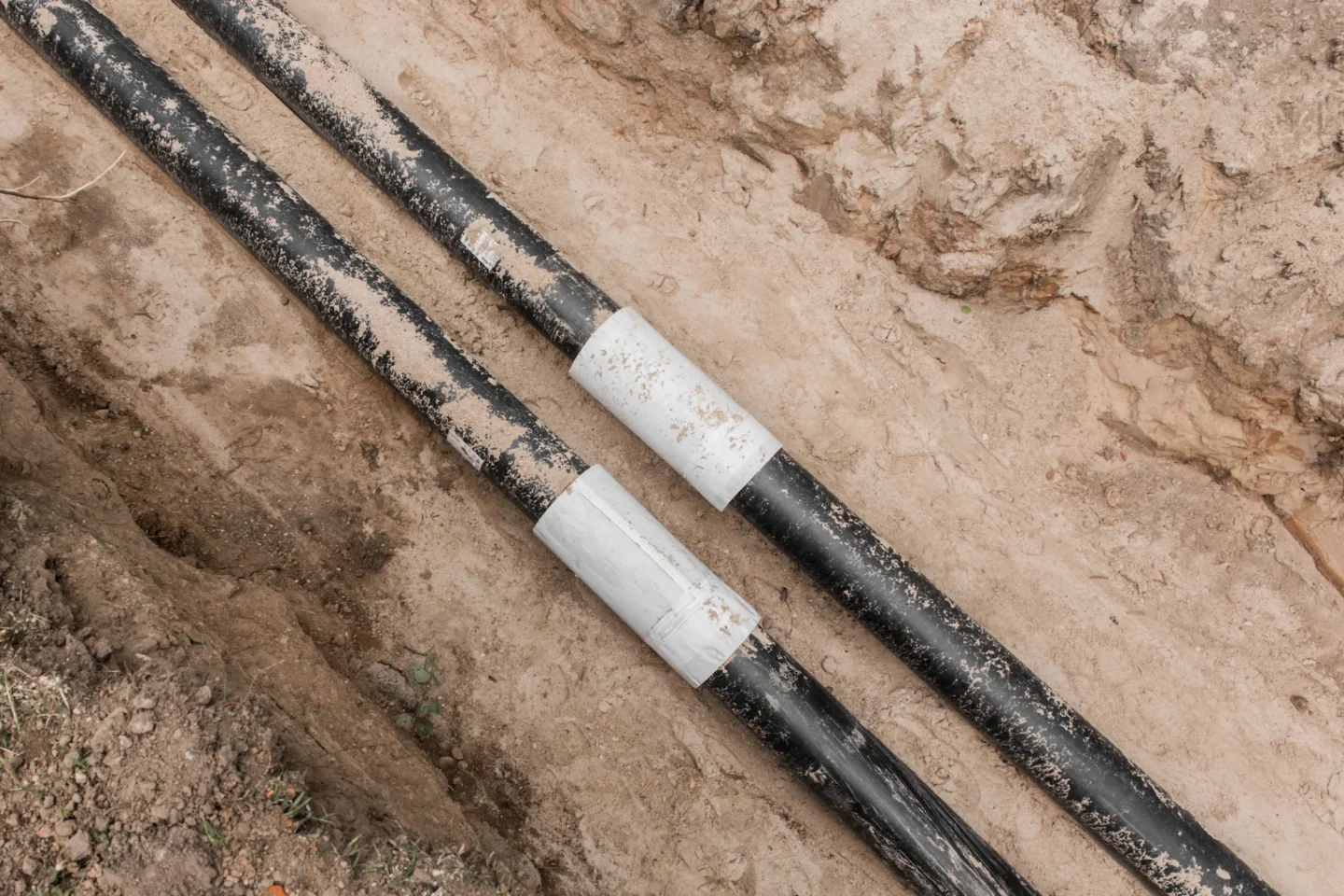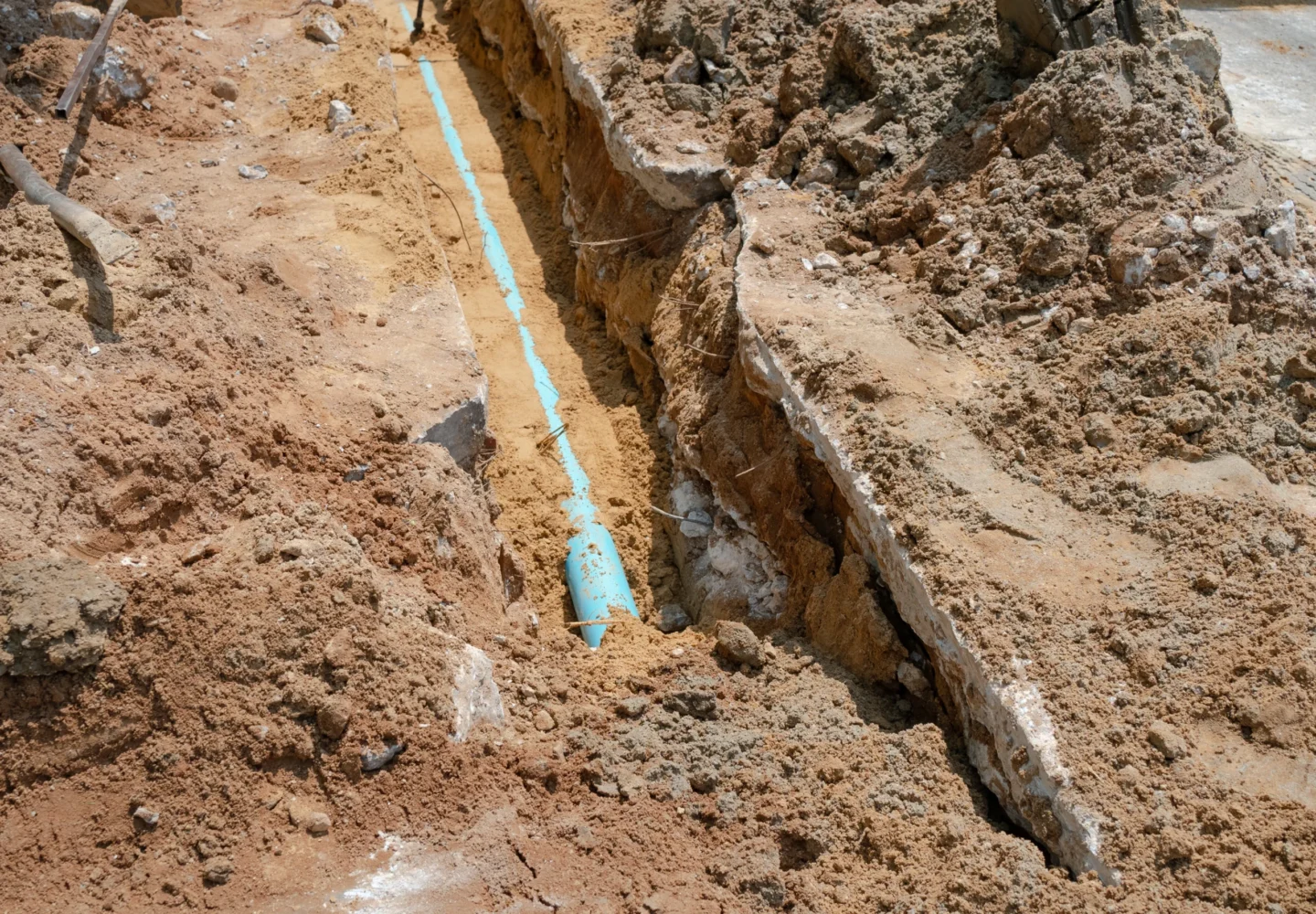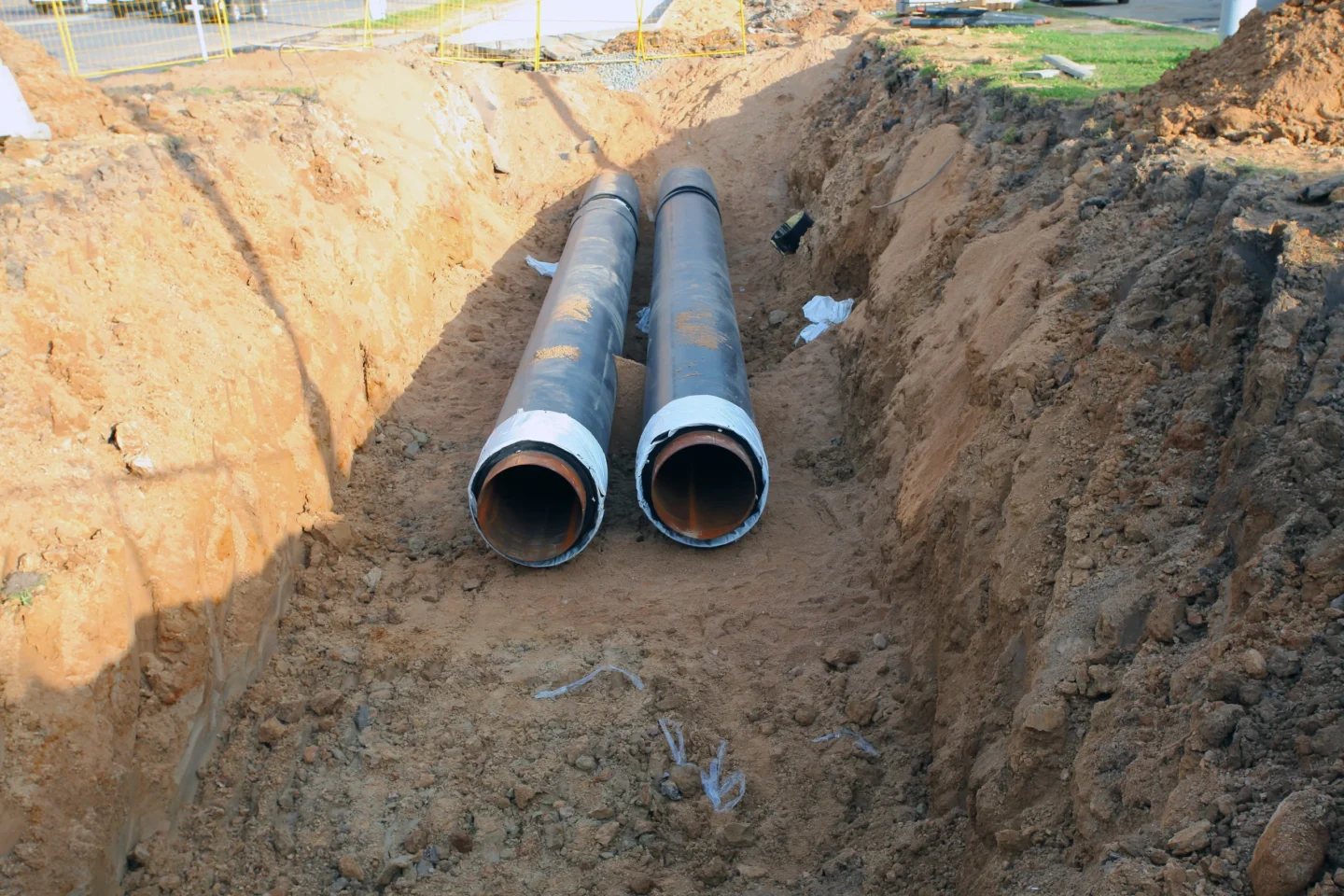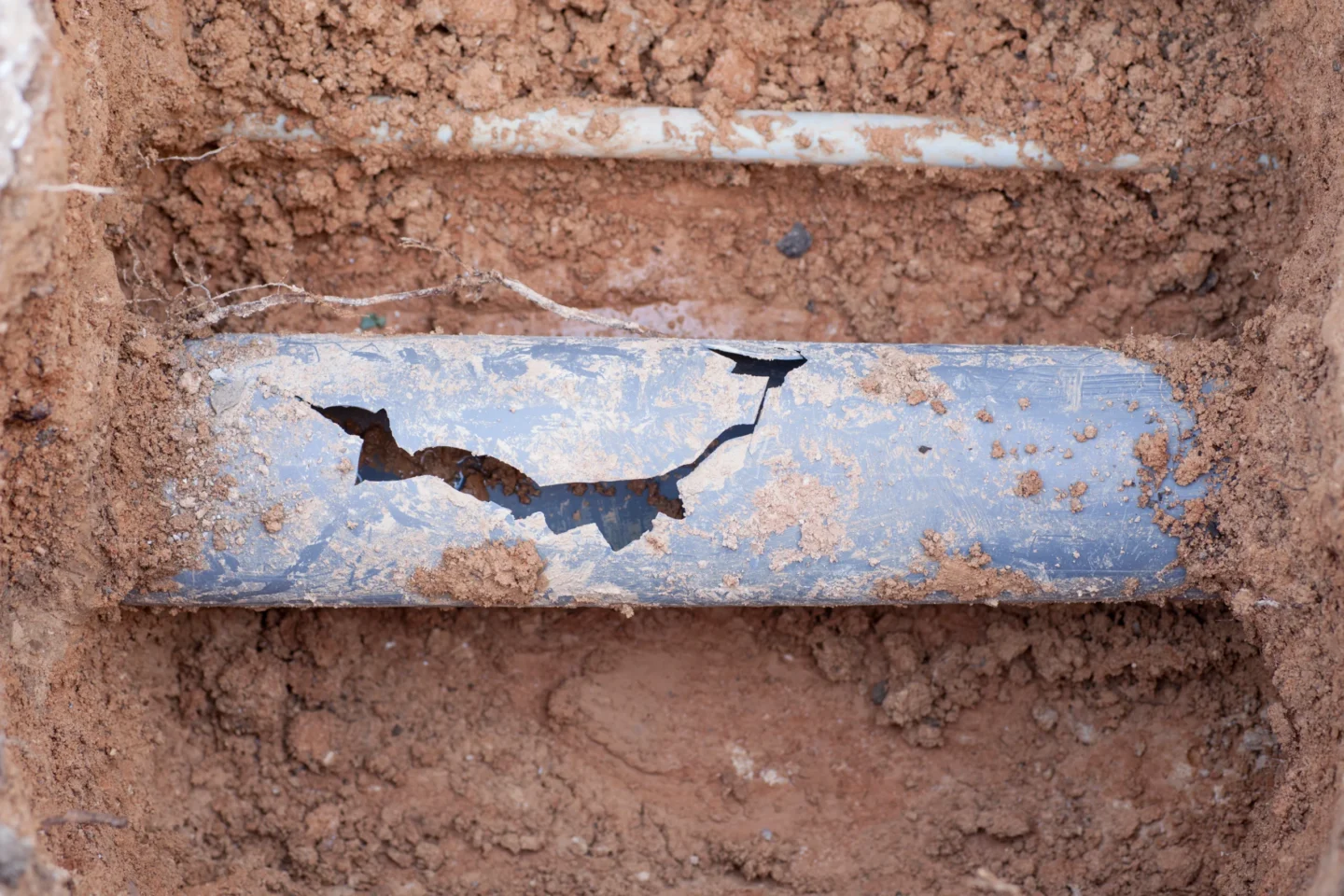What are the common reasons for sewer line breaks in Glen Carbon, IL?
Most smart homeowners are aware of ways to maintain their indoor plumbing to avoid water damage inside their homes. However, many homeowners don’t know the factors that may potentially affect their plumbing outside of their homes. Some may be aware of the factors contributing to the problem, but may not be aware of how to get around this particular issue.
Below are three common problems associated with sewer line breaks and how to fix them:

1. Broken sewer line due to pipe settlement
Among the most frequently reported problems is back-pitch, which is usually caused by the settlement of the pipe in a particular area. When all the dirt around or under the pipe settles, the pipe sinks and creates an awful slope. Water and waste that should go downhill stop in the sunken area. Eventually, grease, dirt, and waste occupy the sunken area, leading to a blockage or even a back-pitched sewer.
Solution: The best solution is to replace the sunken pipe. If the settled or sunken pipe appears cracked or bent, this can be corrected by making an excavation to fix the damaged line.

2. Improper sewer line installation
A sewer line works based on how the water runs downhill using the simple principle of gravity. However, a bad installation can bring about back-pitched problems—an issue that can still be caused by shifting soil. Very steep low levels usually hold water and all the debris inside it. And if this is not treated immediately, the pipe may collapse, crack, or cause even more frequent backups because of grease build-up.
Solution: The most effective way to fix poor installation is to excavate the faulty installed area and have the pipes restored. Often, this is usually a costly repair and requires an accurate diagnosis of fixing negative slope locations.

3. Sewer pipe root infiltration
Sometimes, tree roots may force themselves inside sewer lines, particularly when there’s a crack in the pipe. This issue frequently occurs in clay pipes due to their frail vitrified connection. On the other hand, a cast-iron pipe is much less vulnerable to root infiltration. When tree roots get inside a pipe, they stay there and eventually outgrow the strength and width of the sewer pipe. And since tree roots often grow in multiple parts, the pipe length requires thorough inspections for a full diagnosis.
Solution: If the symptoms are found swiftly, this means it could be a partial blockage issue. Chemical treatment, such as copper sulfite or similar compounds may help kill the roots, thus avoiding more costly repair. Treatments with chemicals require at least a partial flow of water enough to flush the chemicals into sewer lines. If the pipe is completely blocked, the entire pipe should be replaced, as fixing only one area would be a waste of time.
Collapsed sewer lines can do more damage to a home’s value than good if not fixed immediately and properly. Bailey Sewer & Water sewer cleaning can help with any plumbing work that needs to be checked at your home. Whether you’re dealing with drain clogs, blockages, or sewer line clogs, our expert team is ready to do all the heavy lifting for you to keep your home’s plumbing running smoothly. For any inquiries and more information about drain cleaning or sewer cleaning, visit baileysewerandwateril.com.








